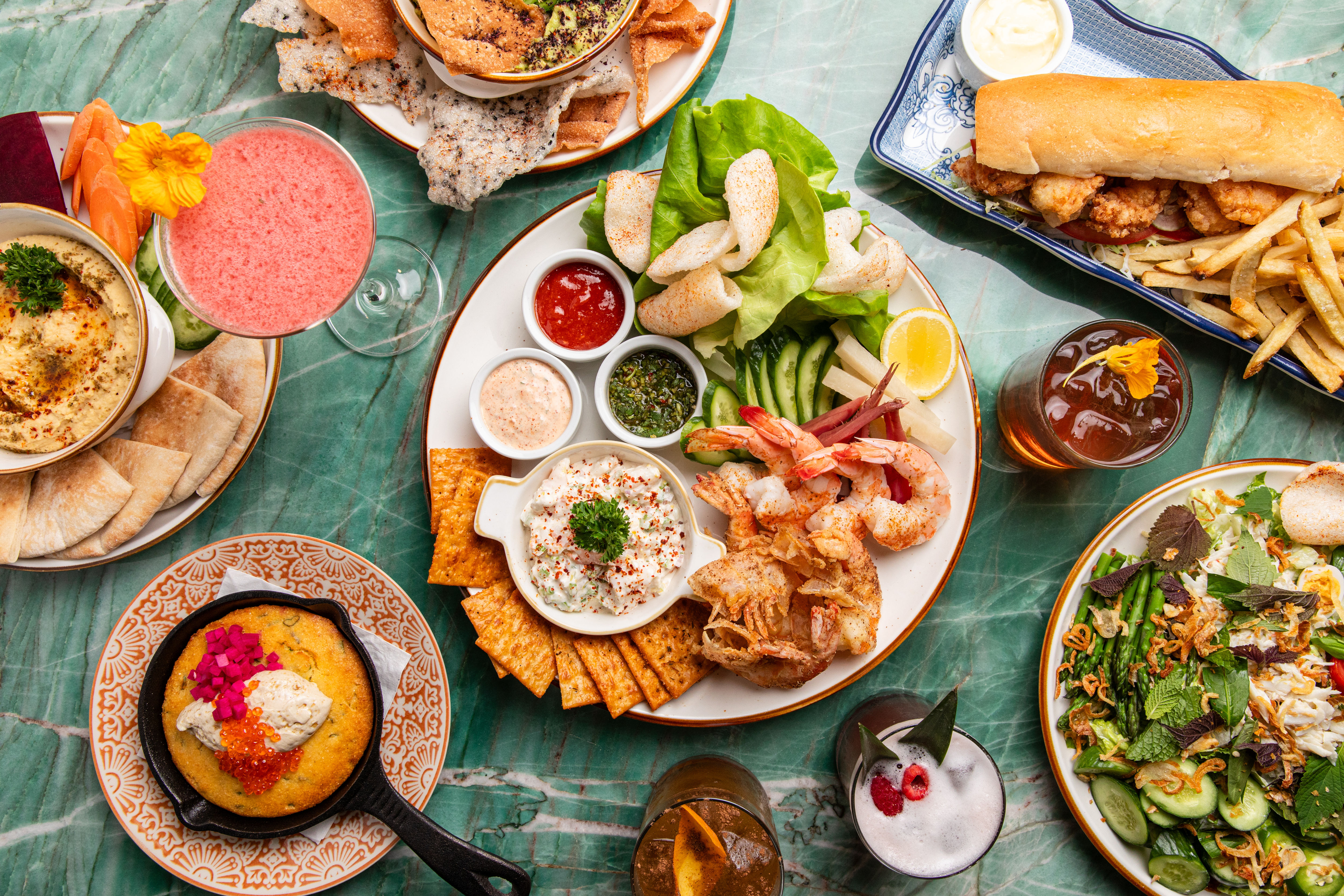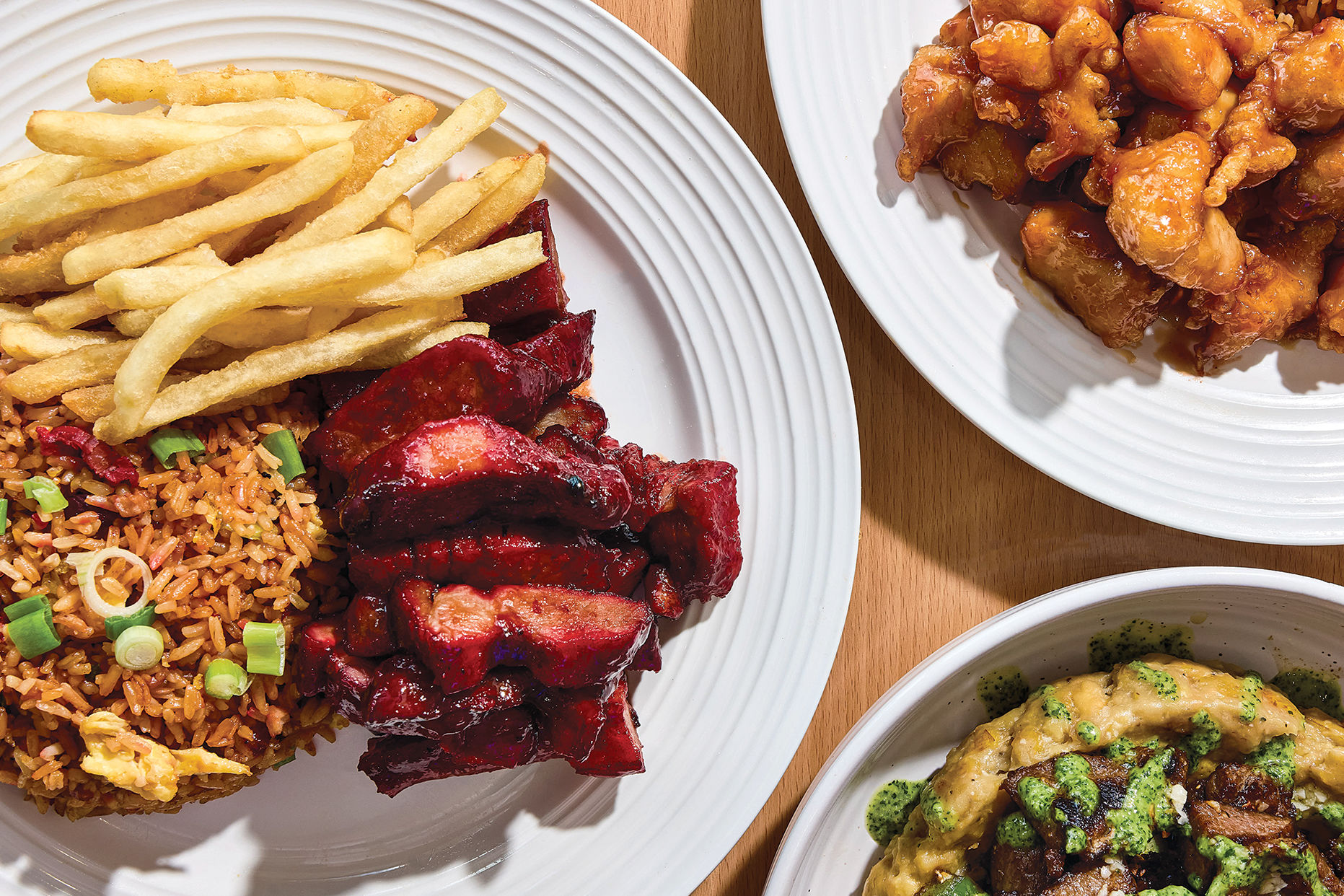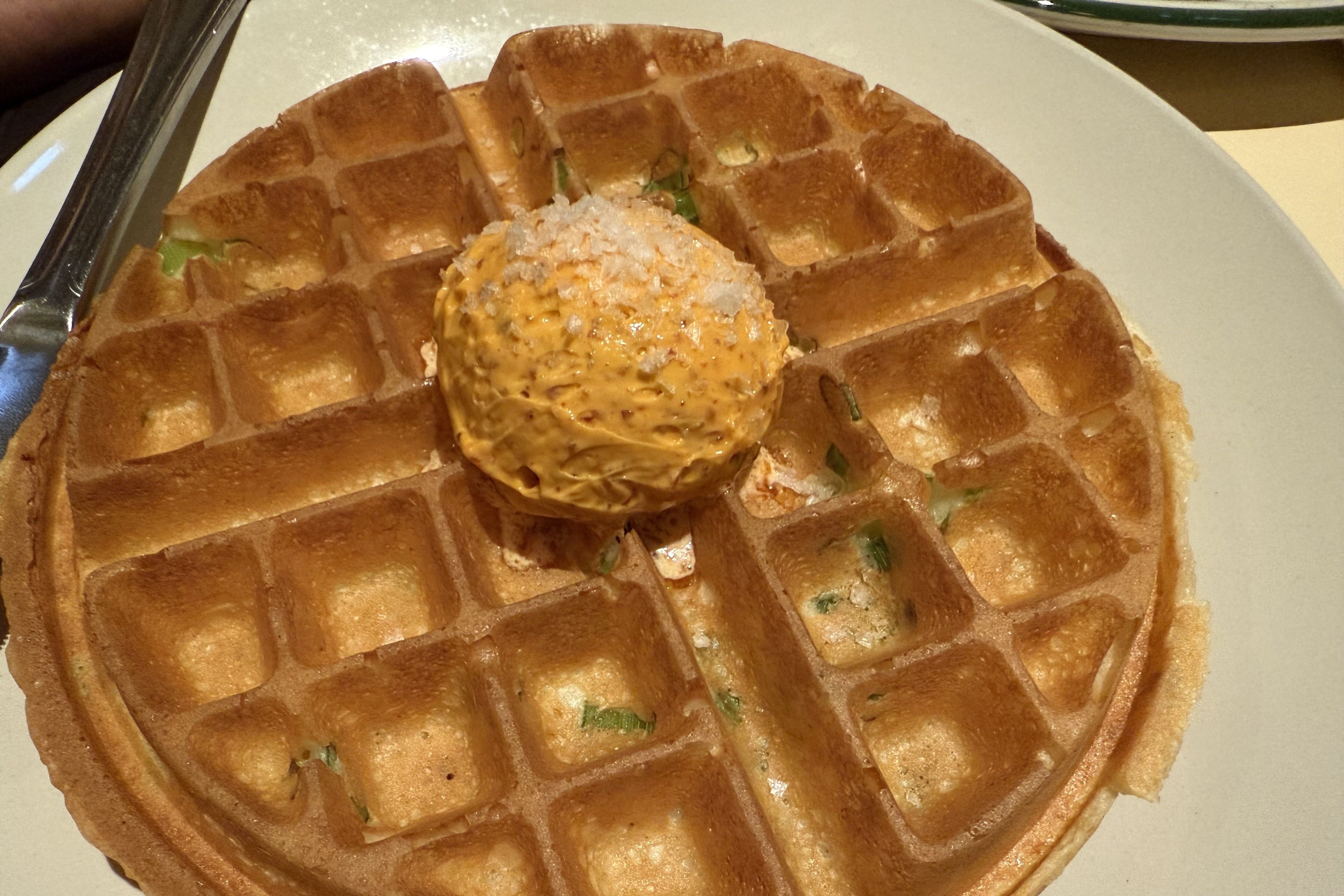First Look at Pie Five, the "Chipotle of Pizza"

I don't get it.
Image: Katharine Shilcutt
For the second time in a week, my thoughts turn to Chipotle—and not voluntarily. Don't get me wrong; I like Chipotle well enough, and I appreciate their commitment to using produce that isn't all trucked in from California, avoiding meat that's been pumped up with antibiotics or treated inhumanely and resisting the urge to franchise the hell out of their successful business model. As far as fast-casual counter-service joints turning out mass-produced food go, Chipotle is setting a good example for other restaurants even if it still has plenty of other issues to address along the way.
Pie Five
Multiple locations
piefivepizza.com
So it's not a surprise to see other concepts taking the Chipotle paradigm and applying it to, say, döner kebap or pizza. But what is surprising is when the concept tells you right up front, while ordering: "We're the Chipotle of pizza!" Does Chipotle know this, Pie Five? For the sake of clarity, you should know that Pie Five, the new pizza chain that first tested the waters in Fort Worth in 2011 before expanding to over 40 locations, is owned by Rave Restaurant Group, which has no connection at all to Chipotle. Rather, its pizza roots go deep, as the Dallas-based company also owns the well-known chain Pizza Inn.
That said, the comparison is an easy one to make: Pie Five, like Chipotle, lets you choose from an array of ingredients to be assembled into the personalized dish of your choice, all kept behind glass and added to your 9-inch individual-sized pizza (or salad) as you move down the line. Pie Five, like Chipotle, is committed to using chicken and beef that's free of antibiotics and other such stuff. Pie Five, like Chipotle, offers the same sort of modern-industrial dining room strewn with random wood elements that are now the universal signals in restaurant design for "earth-friendly" and "laid-back, man, not like those corporate suckers." Pie Five, like Chipotle, offers vegan options and even gluten-free options, though this latter offering is such a sticking point that it may as well not even exist as a menu option.
In the fine print on Pie Five's website, a lawyer was tasked with crafting the following warning: "Due to the risk of cross-contamination, Pie Five DOES NOT"—emphasis theirs—"recommend this pizza for customers with celiac disease or gluten allergies." In other words, the gluten-free pizza at Pie Five is really only for people who've convinced themselves that going gluten-free is just another version of the Atkins Diet, the ones for whom eating white flour just means they'll have to do an extra few miles on the Memorial Park loop later that night.
Even aside from this maddening bit of inanity, Pie Five is just sort of silly. But it will probably be successful regardless, because we like personalization and being catered to with eensie, individualized pizzas almost as much as we like the belly-warming feeling that we're doing our bodies a great big fluffy favor by eating hormone-free chicken for one meal. Never mind the fact that pizza places have been catering to individualized tastes forever (Pink's Pizza never looks askance at my pineapple, mushroom and jalapeño order) nor that one of the other central tenets of Pie Five's overall concept can be found at any Napoletano-style pizza joint: that of the cooked-to-order pizza ready in just a few short minutes.
At Pie Five, your pizza, once assembled, trundles through a little conveyor oven that's like a Quizno's salamander in a Gundam suit, approaching crazy-high temperatures as it cooks each pizza in just a few minutes. Compare this to Pizaro's, where your pizza is cooked at 900 degrees for 90 seconds—not only does the pizza come out faster at Pizaro's, it's better. Yes, both places make their dough fresh each day, but Pizaro's tosses and stretches its dough until it achieves a light, chewy consistency that's just thick enough to support the weight of the ingredients on top. At Pie Five, each ball of dough is roughly mashed into submission with a docker and comes out dense, a bit tough and tasting much like the microwaved frozen pizzas I subsisted on in college sans the freezer burn (which, I suppose, is an improvement). The toppings, I'll admit, were okay; my grilled chicken breast and alfredo sauce pizza with caramelized onions did indeed taste like a grilled chicken breast and alfredo sauce pizza with caramelized onions.
Overall, Pie Five left me with a nagging question: did we need a Chipotle of pizza in the first place? And has the term "gluten-free" now lost all meaning in the same sort of semantic collapse that's also robbed the English language of "artisinal" and "local" and other such trendy words that are increasingly used to ascribe aspirational qualities to our food rather than functioning as actual descriptions? For your sake, Pie Five doesn't give you too long to consider these things; by the time you make it to the register, your pizza is ready, and all questions fall away in the presence of hot, melted cheese on bread.




